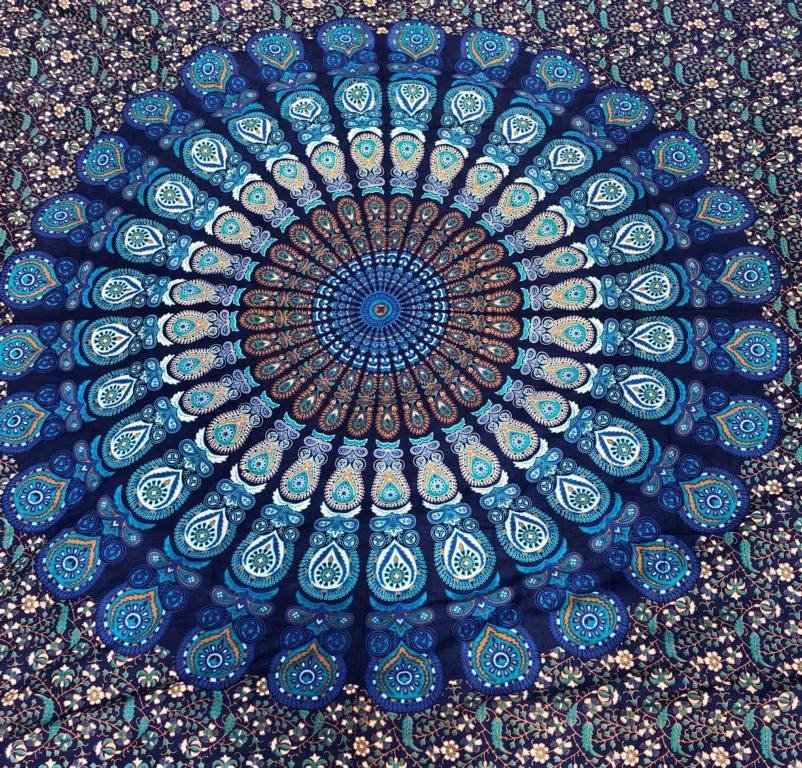What is the definition of a mandala?
The mandala pose for humans is the yoga pose that requires everyone to lie down in a circle, with their hands or feet touching. The pose appears like a mandala if viewed from up above. Mandalas are circular shape that usually depicts the universe as well as the energy of the universe.
What is a printed Mandala?
It is essentially a form of art form that has been printed on cloths, objects and other items to show off the attraction of all. Mandalas are traditionally made up of a square with an equilateral circle. It is balanced and symmetrical to represent the universe or cosmos. Mandalas are often used in certain religious traditions to help in meditation, or to mark a spiritual space.
Mandalas that are colored
Mandala coloring is a form of art therapy designed to reduce anxiety and improve focus, while exercising the brain and stimulating imagination. “Colouring mandalas allows the brain to enter a peaceful state and focus on filling in the geometrical shapes rather than worrying.” Carl Jung,
word Mandala is derived
Mandala is a word that Mandala originates from the Hindu language. It is usually a reference to circular energy energy. In some societies and practice circles are a means of achieving culmination of assurance, aplomb, and most importantly, the best of luck. Prior to Mandalas, they were used as an effective and non-traditional display instrument, set in a base of sacred space, contemplation and, in all likelihood, focused on a shared purpose in profound exhibitions. In recent years, Mandala Tapestry has moved towards the mighty, where people appreciate the uniqueness and excellence of the designs that are framed by Mandalas. This has led to a lot of people today appreciating the originality that lies behind Mandala Design.
The more bizarrely the disclosure and acceptance of the human mandala have taken Mandalas’ role to a new level. The acceptance that individuals can come together to make beautiful shapes and other examples with various mandalas have sparked many arousing discussions. The most notable thing to note is the fact that printed mandalas frequently used to enrich the art are remarkably similar to human mandalas. What are some of these remarkable similitudes?
A Stylish Connection
One of the most notable aspects of printed mandalas is their quality. The varying shape and example arrangements have a constant aesthetic value. This is the reason why designs such as mandala wall decor have found their way into homes. Many people purchase embroidered mandala artwork solely to improve and enhance their surroundings. This can be done at work or in their homes. For mandalas printed, a variety of styles are combined to make intriguing and captivating designs.
Similar patterns can be seen in a mandala-like design of a human. Many people have come to recognize and appreciate the splendour that comes with mandalas. The simple fact that people can come together to create specific examples without a trace of a device for configuration is definitely resonant. Therefore, the aesthetic value connected to mandalas that are human coincides with the awe-inspiring beauty linked to mandalas printed.
Each of them are Meditation Tools
This provides the foundation for the mysterious mandala. A representation part of these mandala designs is used in contemplation, especially for long time periods.
Additionally, it is possible to intervene through mandalas made by humans. Apart from having fun, many people meet to form mandala patterns as part of their requirements for intervention.
Both are Sacred
Before the evolution of mandala craft to design and style Mandala designs printed on paper were meant to be a permanent fixture. The mandalas range from Hindus to Buddhists. The people of all faiths tried to bring together the intricateness and energy of the universe through the mandalas they made. Mandalas that are extraordinary, shifted plans are intended to create sacred spaces, and also connect with spirituality. Human mandalas are the best way to comprehend the sacred concept of this program in relation to mandala human designs. The gathering of people to create fascinating instances is a sign of distinct forms of energy, things that go beyond human perception. The pioneers of mandalas of humans accept it. provides people with the chance of seeing their reflections in real time.


